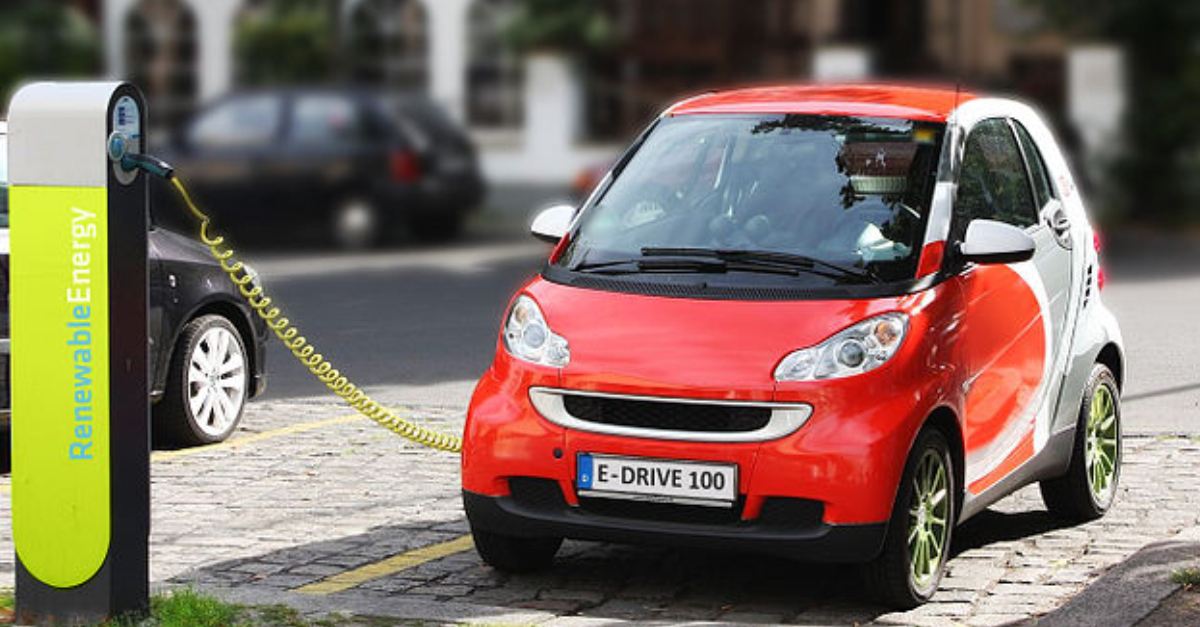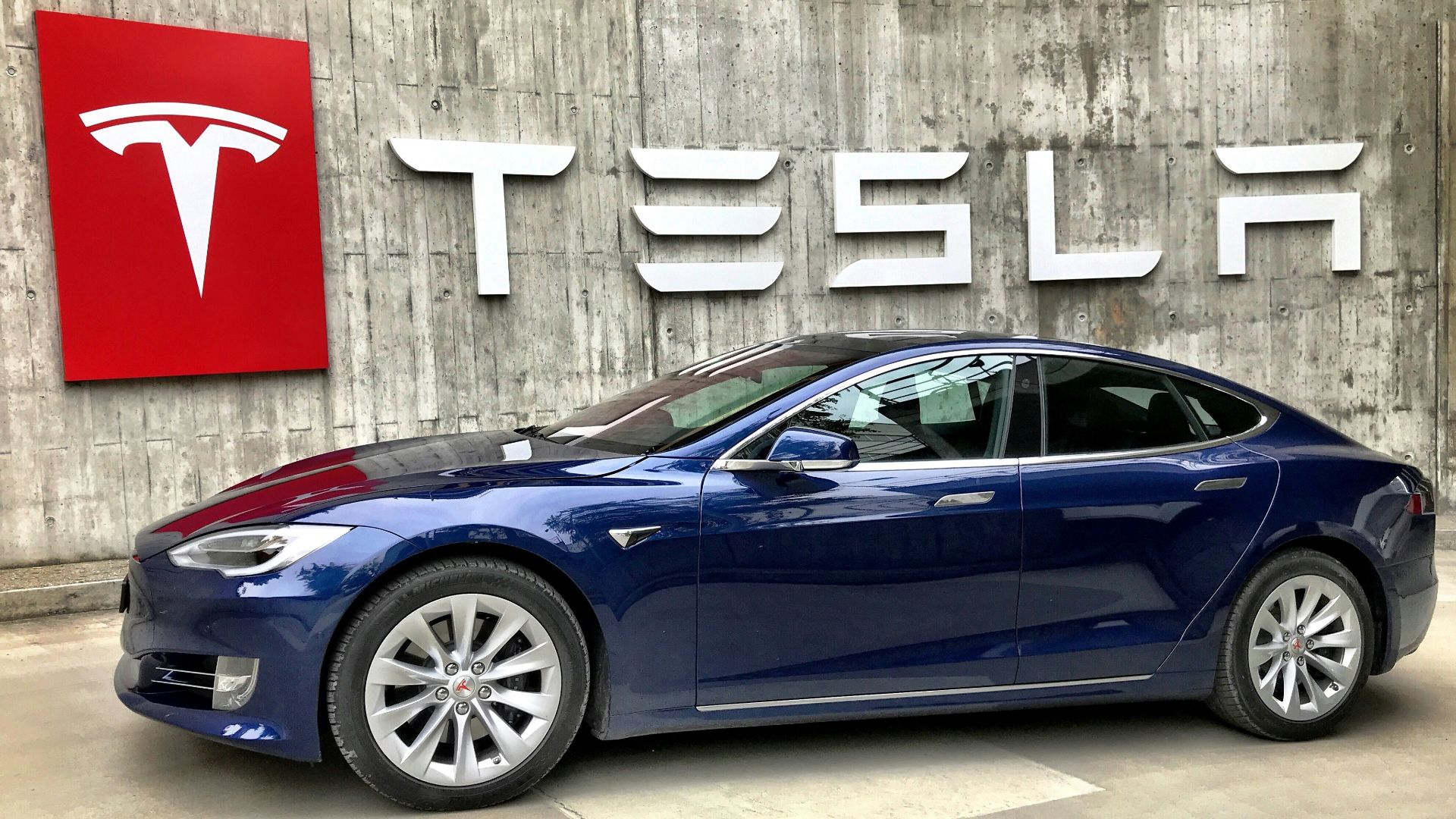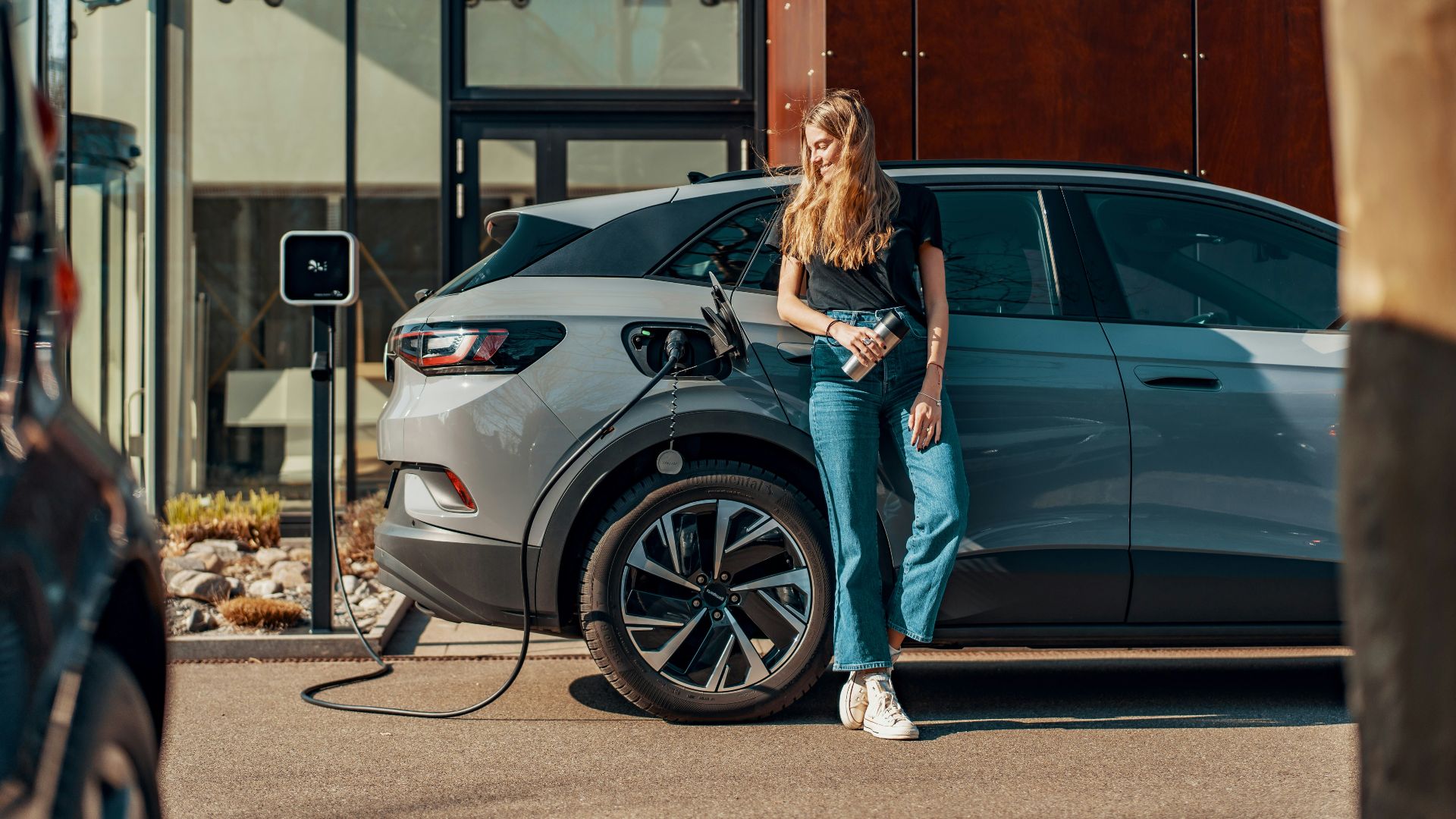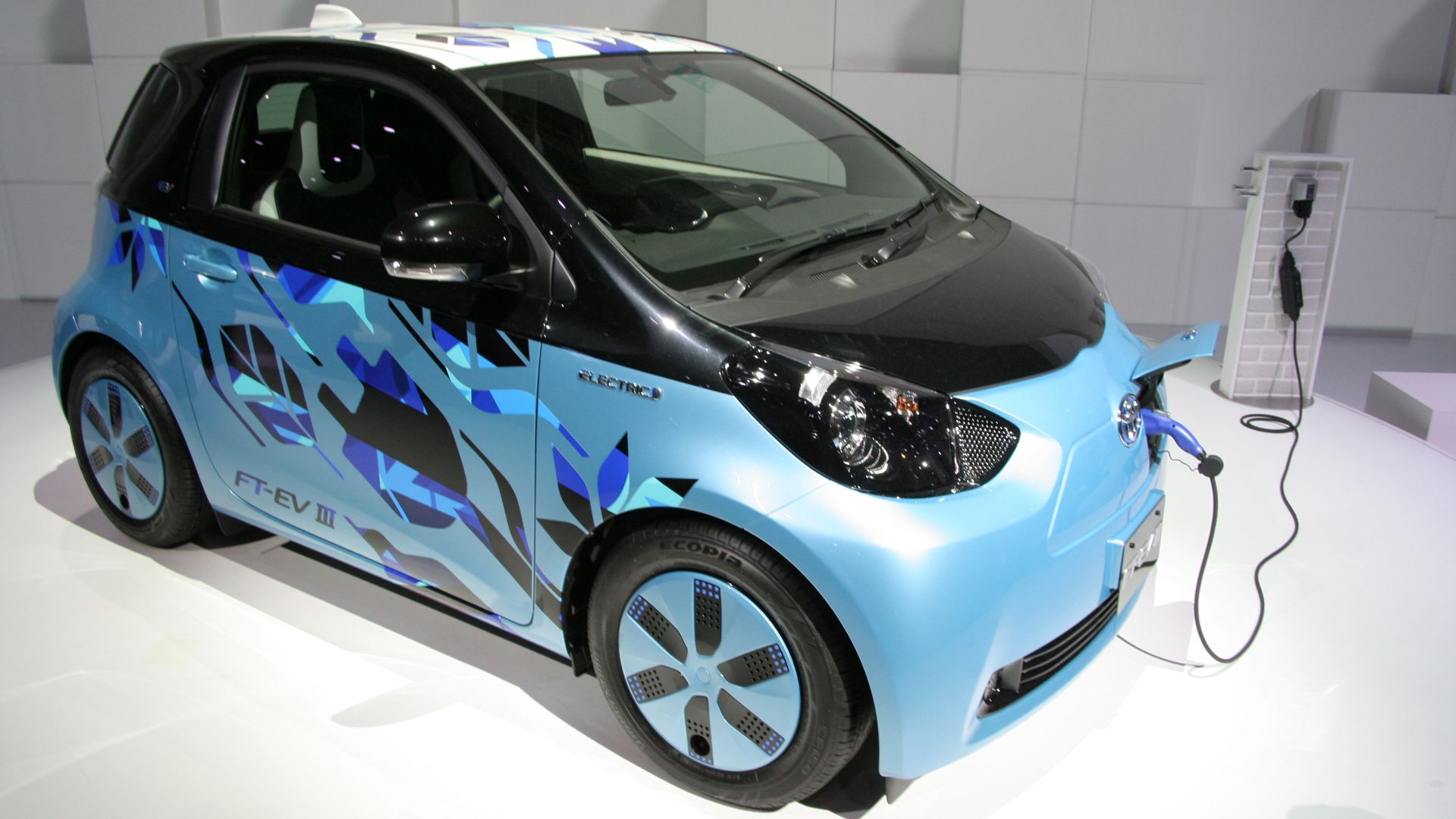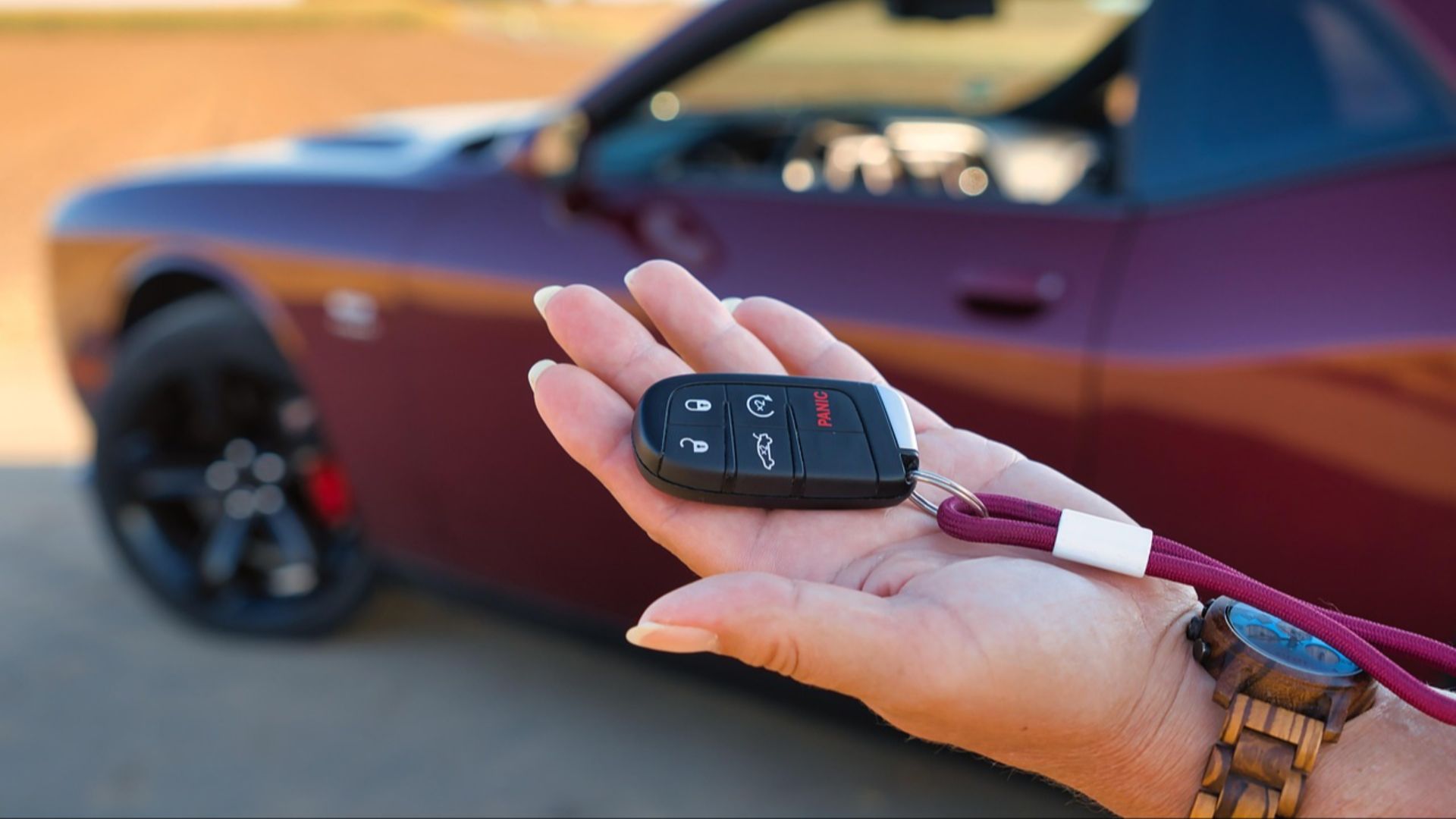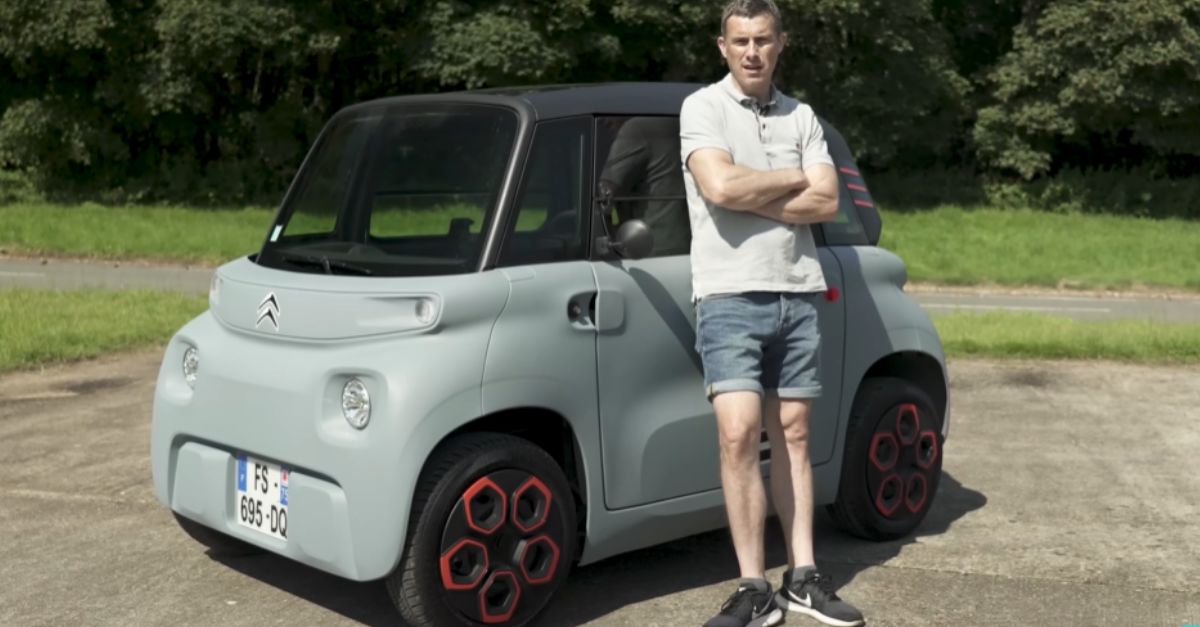You’re Not Alone—But You’re Not "Powerless" Either
Electric vehicles (EVs) promise lower fuel and maintenance costs—but for many used EV buyers, reality bites. If unexpected repair bills are draining your savings, you’re not alone. The cost of EV parts, limited mechanics, and out-of-warranty issues can hit hard. But if you find yourself in this kind of electrified mess, there are steps you can take, key questions you can ask, and smart ways to lower your costs....
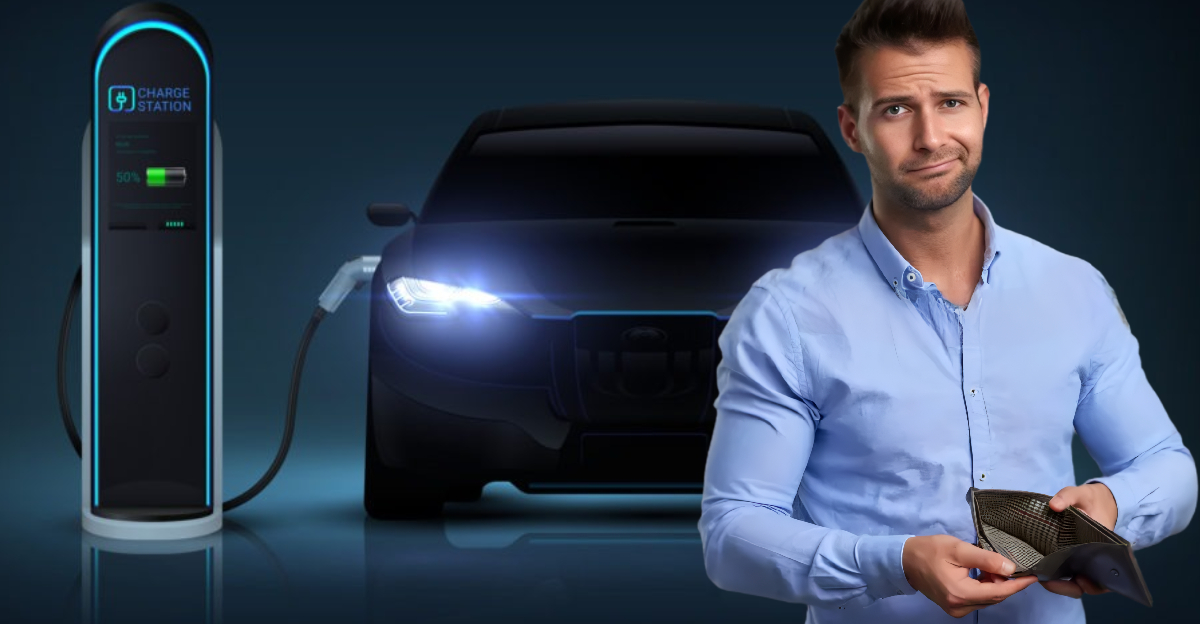
Start With: What’s Actually Breaking?
Before you start panicking, figure out which components are actually failing. Is it the battery, brakes, electronics, or suspension? Many EV owners find it’s not the battery, but rather traditional wear-and-tear issues that creep up. Pinpointing the problem helps determine if you have a lemon—or just a rough patch.
Check If There’s Any Warranty Left
Most EVs come with 8-year/100,000-mile battery warranties, and sometimes other powertrain coverage. Even if the basic warranty expired, you might still be eligible for battery-related repairs for free. Check your VIN with the manufacturer or dealer to see what's still covered.
 How to Find Your VIN Number, DamagedCars.com
How to Find Your VIN Number, DamagedCars.com
Understand EV Repair Costs—They’re Not Like Gas Cars
Unlike gas cars, independent mechanics can’t always fix EVs due to software locks and specialized equipment. That often means you’re stuck with dealerships and high labor costs. A 2023 Consumer Reports study found EV repairs can cost more per visit—even though they happen less often overall.
 This Tesla Model S Owner Repairs His Own Car, CNBC
This Tesla Model S Owner Repairs His Own Car, CNBC
Get a Second Opinion on the Repairs
If your mechanic recommends a pricey fix, get a second opinion—especially from a shop certified to work on your specific EV brand. Some “critical” repairs might be optional or cheaper than quoted. You might also learn it’s time to cut your losses.
Call the Manufacturer’s Customer Service
If the EV is out of warranty, don’t give up. Contact the automaker’s customer advocacy line and explain your situation. In many cases, especially with known issues or goodwill policies, they may cover part of the cost—even if it’s technically not required.
Search for Technical Service Bulletins (TSBs)
Your car might be suffering from a known issue. Technical Service Bulletins (TSBs) aren’t recalls, but they often mean the manufacturer acknowledges a recurring problem—and sometimes offers a free or discounted fix. Sites like NHTSA.gov let you search TSBs by VIN or model.
 Spot car repair issues early with Technical Service Bulletins, WPLG Local 10
Spot car repair issues early with Technical Service Bulletins, WPLG Local 10
Find an Independent EV Specialist
Dealer rates are notoriously high. But there are some independent shops out there that specialize in electric vehicles, and can offer cheaper labor and parts. Check reviews on sites like PlugShare, Reddit, or your local EV forums to find trusted, certified mechanics who won’t dent your wallet as much.
Join a Make-Specific Owner Forum
Online forums like Tesla Motors Club, Chevy Bolt Forum, or Nissan Leaf Owners Group are goldmines of help and info. Other owners often share their own repair stories, cheap part alternatives, and even DIY tips that might save you hundreds (if not more). Some may even share updated service pricing.
Use Aftermarket or Refurbished Parts
If the shop lets you supply parts, consider certified refurbished or aftermarket options. For example, a replacement Nissan Leaf battery module from a third-party source can cost less than half the OEM price. Just make sure your mechanic is comfortable installing non-OEM parts.
 Nissan Leaf Battery Modules Repurposed in Solar Energy Storage, jehugarcia
Nissan Leaf Battery Modules Repurposed in Solar Energy Storage, jehugarcia
Know the Battery’s True Health
If your EV battery seems weak, get a battery state-of-health report from a specialized technician or service center. Batteries degrade differently based on use, climate, and charging habits. A 90% SOH (State of Health) means it’s still performing close to new.
 Priscilla Du Preez 🇨🇦, Unsplash
Priscilla Du Preez 🇨🇦, Unsplash
Avoid Fast Charging If You’re Repairing a Battery
Fast charging can stress an already compromised battery. If you’re dealing with battery issues or waiting for a replacement, stick to Level 1 or 2 charging to minimize further damage and extend remaining lifespan. Charging habits make a big difference long term.
Track All Repair Costs to Date
Make a spreadsheet and tally all the repair and maintenance costs since you bought the EV. You might be emotionally frustrated, but this gives you a clear picture of your financial situation—and whether continuing repairs even makes sense.
Check If Your State Has EV Lemon Laws
Some states have lemon laws that cover used EVs, especially if you bought through a dealer. If your car has spent significant time in the shop or suffered recurring issues, you might qualify for a buyback or settlement. Check with your state’s attorney general website.
Look Into Repair Cost Assistance or Reimbursement Programs
Certain automakers and government programs offer repair subsidies or reimbursements if the issue falls under emissions, safety, or defect concerns. Toyota, Hyundai, and GM have all issued reimbursements in the past for EV battery or software faults.
Sell While It Still Has Value
If repairs will exceed the EV’s value—or keep piling up—it may be time to cut your losses and sell. A lightly used EV with a worn battery still has resale value to tech-savvy DIYers, shops, or buyers looking for tax credits.
Trade In Toward a Newer or Certified Pre-Owned EV
You may be eligible for a trade-in incentive through a dealership, especially if your EV is from the same brand. Even better, Certified Pre-Owned (CPO) EVs often come with extended warranties and vetted health reports. It might be a smarter long-term move.
 Norsk Elbilforening (Norwegian Electric Vehicle Association), Wikimedia Commons
Norsk Elbilforening (Norwegian Electric Vehicle Association), Wikimedia Commons
Explore EV Battery Replacement Alternatives
Full battery replacements can cost $10,000–$20,000. But some third-party companies offer battery refurbishments or partial module swaps for far less. Check companies like EV Rides, EVs Enhanced, or Greentec Auto for regional availability and pricing.
Factor in the Fuel and Maintenance Savings
It’s easy to fixate on the repair bill, but take a step back. You’ve likely saved thousands in fuel and oil changes already. U.S. Department of Energy studies show EVs cost about half as much to run compared to gas cars over five years.
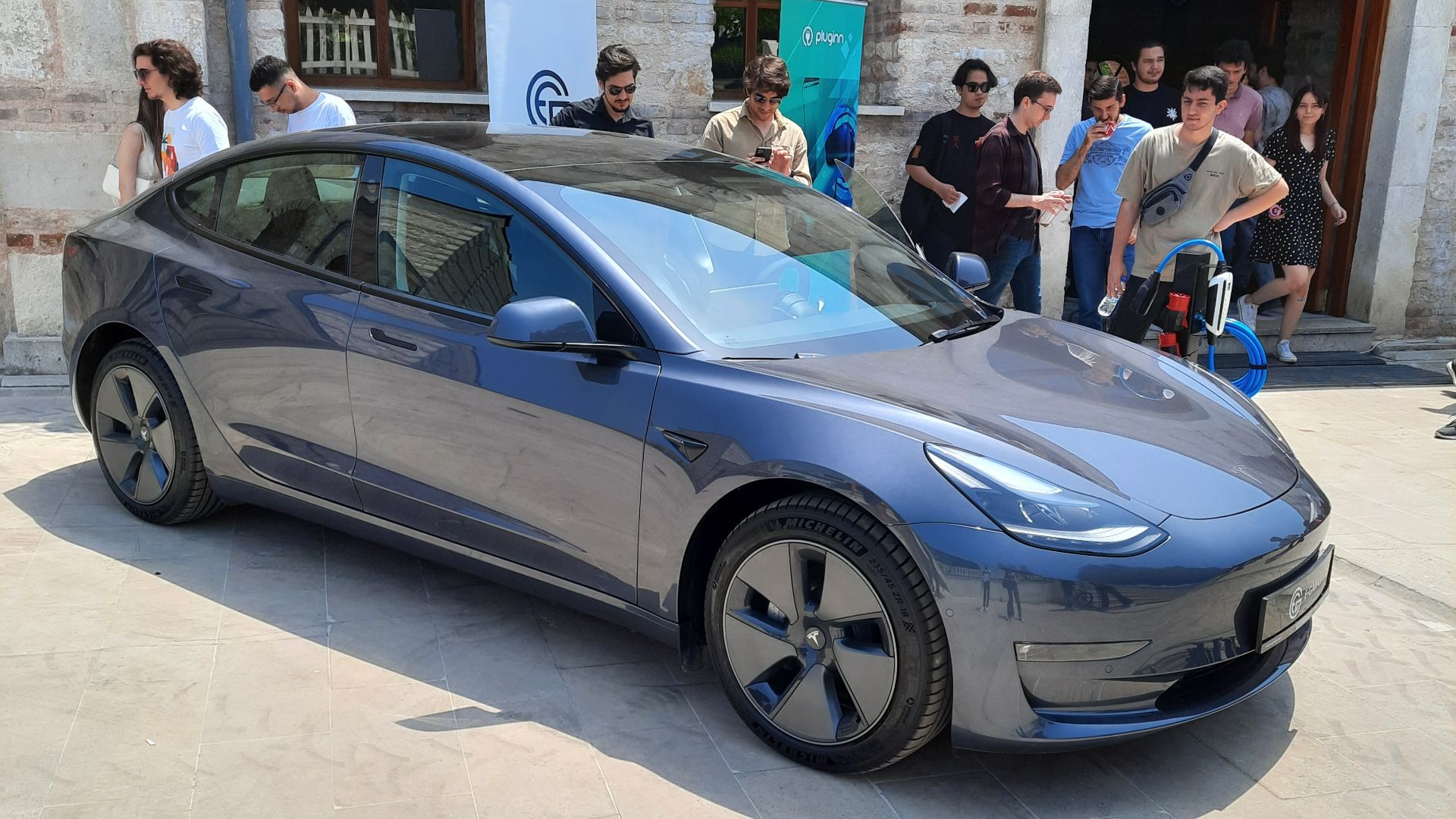 AlfredMango, Wikimedia Commons
AlfredMango, Wikimedia Commons
Talk to a Credit Union or Auto Loan Advisor
If repair costs are destroying your budget, why not speak with your local credit union about auto repair loans or other refinancing options. Some will even offer special EV-related loans or debt consolidation products that could help you manage your payments until you sell or fix the car.
Check for Federal and State EV Incentives—Still Available for Used Cars
As of 2024, the IRS offers up to $4,000 in federal tax credits for used EVs under $25,000. Some states offer repair subsidies or rebates for battery replacements or trade-ins toward newer EVs. These can soften the blow considerably.
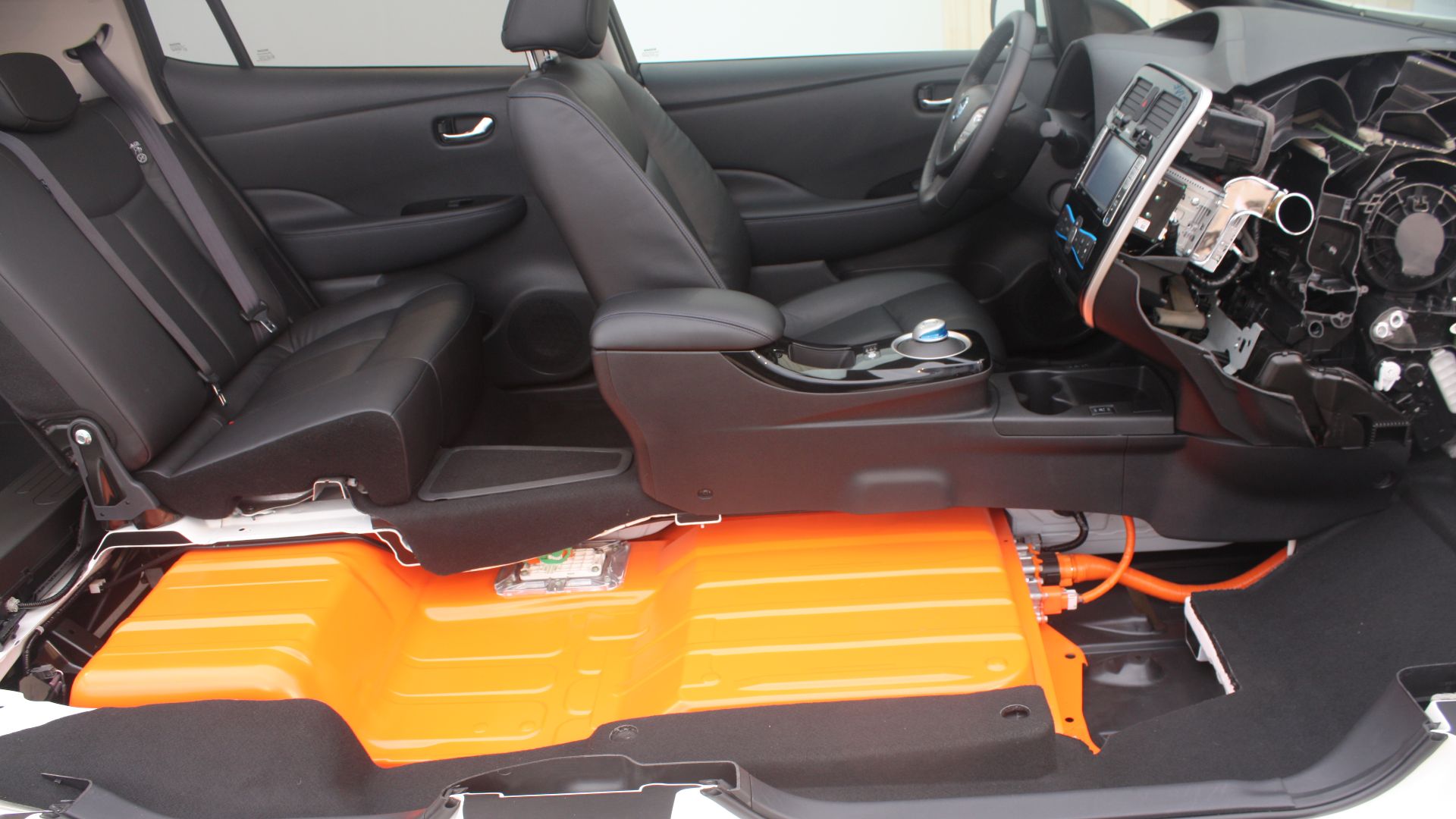 Norsk Elbilforening, Wikimedia Commons
Norsk Elbilforening, Wikimedia Commons
Consider an Extended Warranty—But Be Careful
Some third-party warranty companies now offer EV-specific coverage, especially for popular models like the Bolt, Leaf, or Model 3. But read the fine print—battery coverage is often excluded or capped. Use companies with good reviews and a reputation for honoring claims.
Think About Switching Back to Gas—or Hybrid
If the EV life just isn’t for you, consider switching to a reliable hybrid or fuel-efficient gas car instead. Hybrids like the Toyota Prius or Honda Insight offer lower repair costs and great mileage without the full EV infrastructure headache.
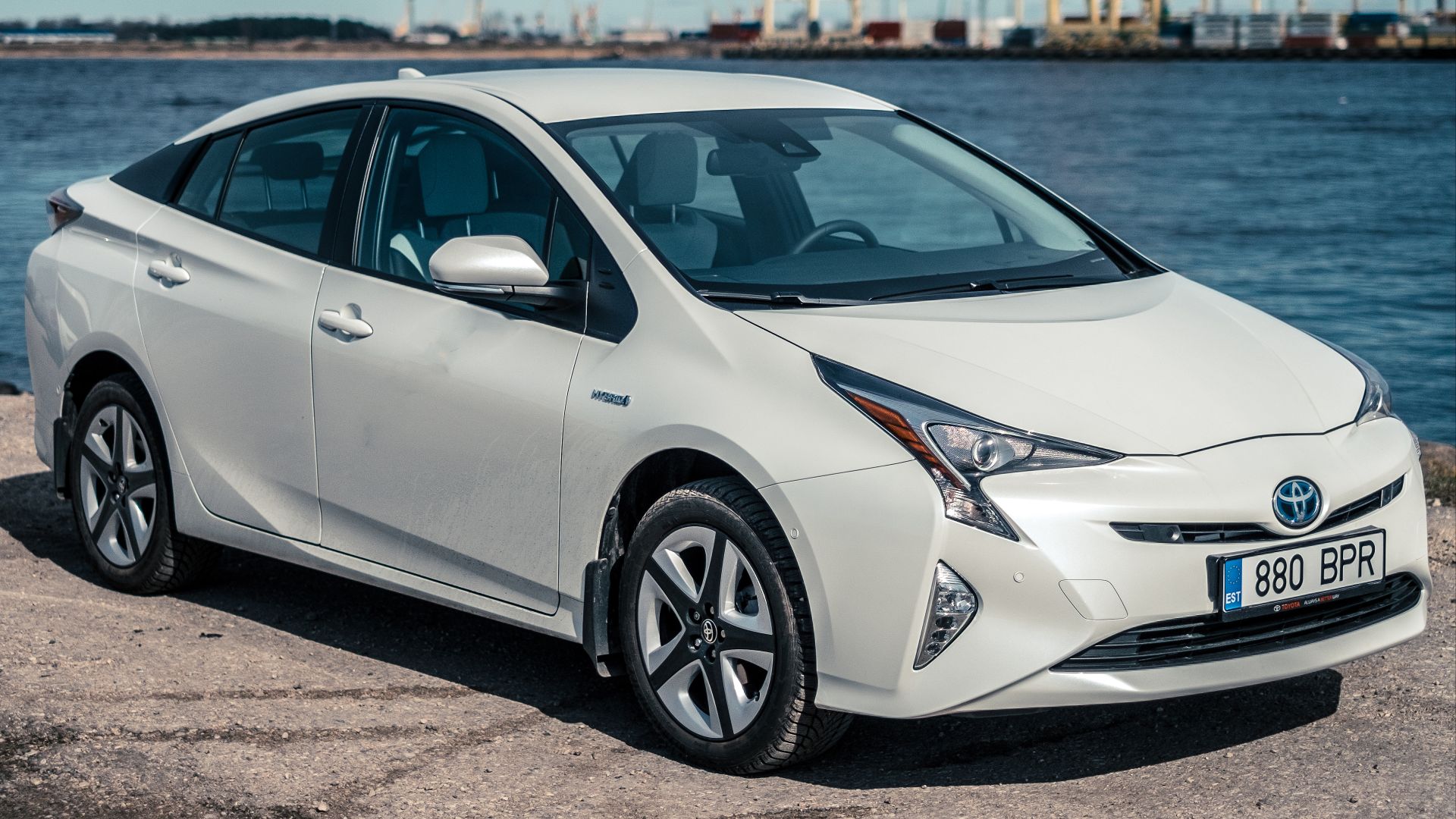 Kārlis Dambrāns from Latvia, Wikimedia Commons
Kārlis Dambrāns from Latvia, Wikimedia Commons
Don’t Beat Yourself Up—Used EVs Are Still Evolving
Buying a used EV is a bold move, and sometimes the tech or infrastructure just isn’t there yet. But you’ve learned a lot—and you can still come out ahead by making the right next step. Whether it’s selling, repairing, or replacing, you’ve got options.
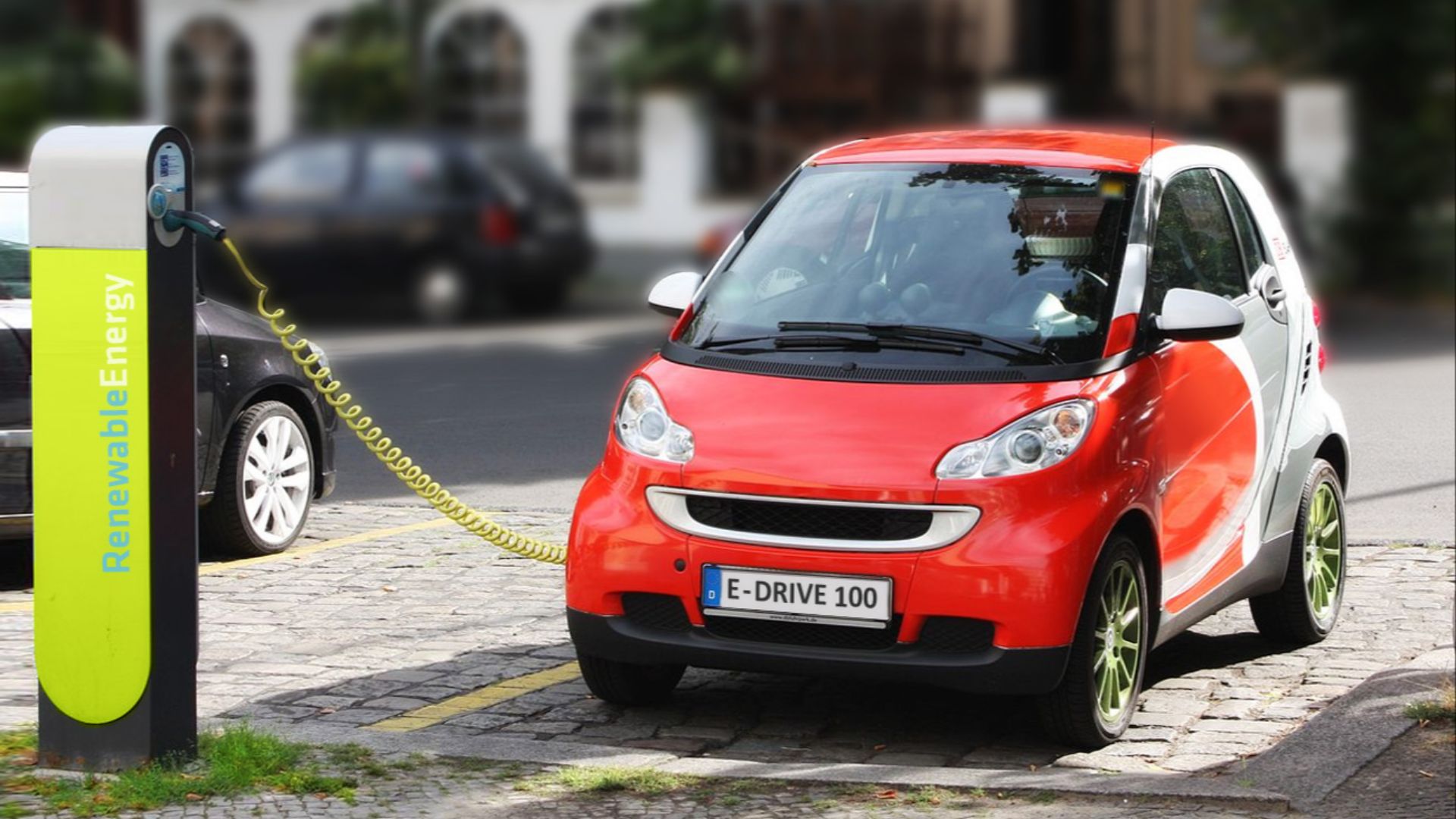 original: Michael Movchinedited by Felix Muller, Wikimedia Commons
original: Michael Movchinedited by Felix Muller, Wikimedia Commons
You Might Also Like:

